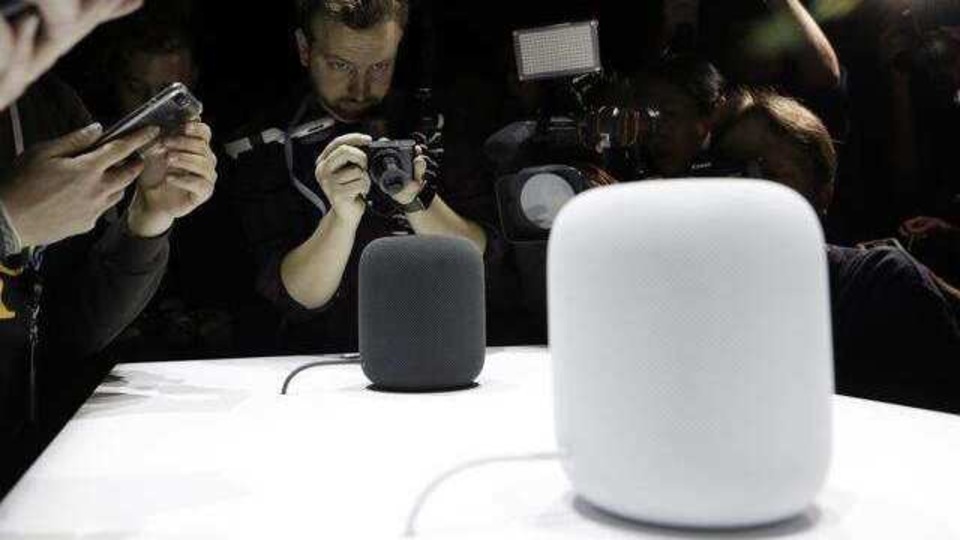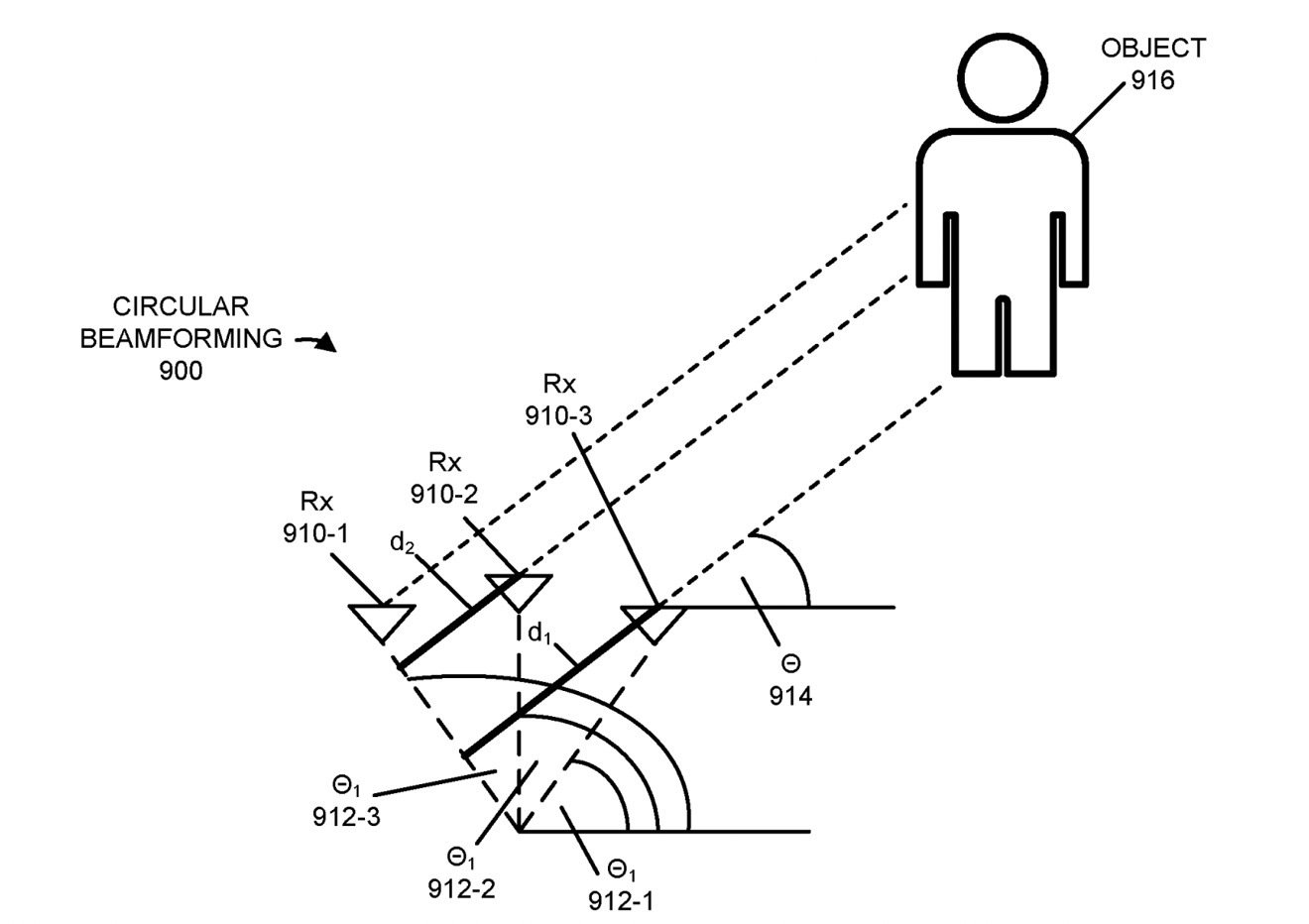The Apple HomePod might be able to save your life with an upgraded radar positioning system
One of the main benefits of positioning systems like a radar is the ability to find obstacles, items and other people and place them in relation to the scanning system.


The Apple HomePod might be able to save lives without actually getting into physical contact with people. Apple is looking into a 360-degree radar system that can detect vital signs and medical conditions in individuals, reports AppleInsider.
One of the main benefits of positioning systems like a radar is the ability to find obstacles, items and other people and place them in relation to the scanning system. However, the scope is a little limited since radars can only provide limited data.
The basics can help in figuring out the general direction of an object/person and also how far away it is. This may not be adequate for some applications since it does not provide exact positioning details like precise distances, angles etc. And there is also the problem of knowing the location of an object without any data on what it could be.
Also Read: Apple HomePod review: And I say thank you for the music
Apple just got a patent granted from the US Patent and Trademark Office titled “Electronic device with circular radar-antenna array” and the company seems to be envisioning a system that could potentially provide more accurate positioning data and other details.
This system consists of an array of radar transmitters and receivers that are located within a device and are positioned in a circle to provide a complete 360-degree coverage area all around.
The system uses subsets of transmitters at a time and the synchronised receivers can pick up reflected signals over different times. By using circular beamforming, the system might be able to determine the precise location of an object in relation to the device, as long as it is on the same horizontal plane.
Adapting subsets dynamically will allow for improved reception of reflected signals making the data more accurate and this could be useful for follow-up pings to track an object's motion or pick up physical details like size and shape.


A system like this may not necessarily be limited to just one radar array but use two of them, on the top and bottom, and alternate between transmitters and receivers to allow for vertical positioning and other 3D details. Also, the system would adapt to its surroundings.
So if it was placed near a wall or another flat surface, it should be feasible to detect that and disable the array closest to it so as to limit the amount of useless data the device is receiving from reflected pings and not disturb other receivers in the array.
According to reports, some of the claims indicate that the system might be used to perform tasks rather than just detect the positions of unknown items. One of the claims suggested that the device could be configured to “identify the individual based at least in part on the radar measurements”.


And this might not be limited to just identification. Another claim suggests that the purpose of this system could be to determine “"a vital sign of the individual or a medical condition of the individual”.
An indication like that hints towards the fact the device might be used to provide health and fitness-related functionality.
This particular patent lists its inventors as Chunshu Li, Jouya Jadidian, Mikheil Tsiklauri and Vaneet Pathak and was originally filed on September 18, 2018.
We've told you earlier that Apple files numerous patents every week and why it does so and just because a patent has been filed or granted that does not necessarily mean that it is going to show up in a future device.
Also Read: Apple is working on iPhone designs we've never seen before: What we know so far
However, based on the description, Apple may already have some hardware that could provide elements of this functionality. The HomePod has a six-microphone array and a seven-tweeter array. The microphone array helps the HomePod perform “advanced echolocation processing” so as it can hear the user's Siri commands even while loud music is on.
The smartspeaker's beam-forming capabilities allows it to sense its placement in a room, the size of the space etc and if there are obstacles around and then optimise audio output to suit the environment.
A patent application that showed up in March 2020 titled "Electronic Device with Co-Located Independent Radar Transceivers" attempted to answer the same issue as the new patent. It essentially covered determining which person in a group is making a Siri query and it also proposed detecting vital signs remotely, such as a pulse, blood pressure, respiration rate, or a medical condition.
Jadidian, Pathak, and Tsiklauri are also the inventors named on that patent.
Catch all the Latest Tech News, Mobile News, Laptop News, Gaming news, Wearables News , How To News, also keep up with us on Whatsapp channel,Twitter, Facebook, Google News, and Instagram. For our latest videos, subscribe to our YouTube channel.




















